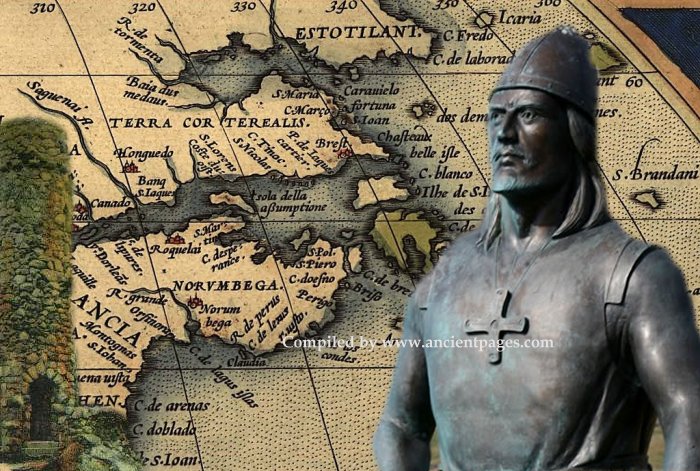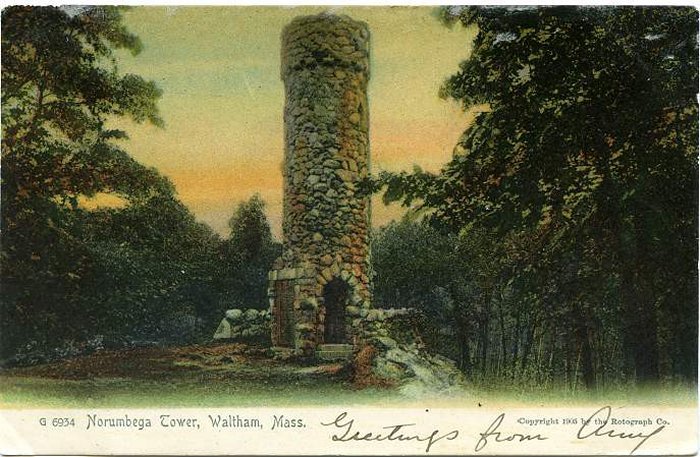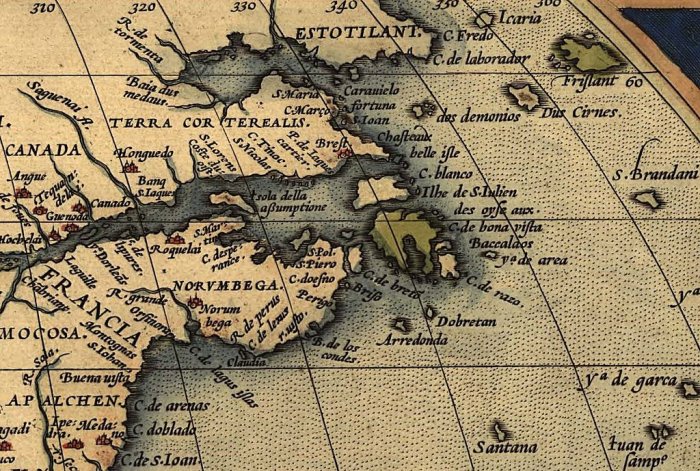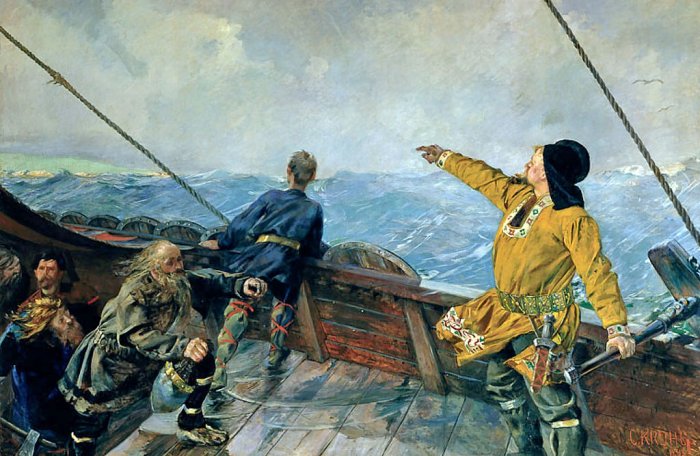Ellen Lloyd – AncientPages.com – The riddle of Norumbega has never been solved. Maybe there isn’t anything to solve because it’s possible this legendary place never existed. On the other hand, it’s curious that Norumbega suddenly vanished from early maps.
Some scholars have suggested that Norumbega could be a lost Viking settlement.

Norumbega is today remembered as a lost legendary city of gold, just like El Dorado, Paiтιтi, Ophir, and other places that exist only in the realm of mythology. Many explorers have made attempts to find these places but failed.
Mythical Norumbega On Early Maps
Legends tell that Norumbega was a city of gold. Houses had pillars of gold, and people who lived there carried quarts of pearls on their heads.

The legend of Norumbega started in the 16th century when sailor David Ingram claimed to have walked across the interior of the North American continent from Mexico to Nova Scotia in 1568. Ingram reported he had come across a prosperous kingdom that was divided into smaller kingdoms, each with its own king. The people who lived there were friendly and helpful.
Later, many considered his story a fabrication because subsequent explorers had never encountered a city fitting Ingram’s description. There were also those who believed in the existence of Norumbega. They suggested this was once a native American settlement.
Norumbega was visible on early maps, and it was placed in New England. In 1542, Jean Fonteneau, a Portuguese navigator and explorer reported that he had coasted south from Newfoundland and had discovered a great river. It often appeared on subsequent European maps of North America, lying south of Acadia in what is now New England.

Part of Abraham Ortelius’ atlas from 1570, showing “Norvmbega” among other somewhat mythical names for various areas as well as several phantom islands. Ortelius, Abraham (1527–1598) – The Library of Congress
The word “Norumbega” was originally spelled Oranbega in Giovanni da Verrazzano’s 1529 map of America.
It is believed the word ordinates from one of the Algonquian languages spoken in New England and means “quiet place between the rapids” or “quiet stretch of water.”
In 1886 inventor Joseph Barker Stearns built a mansion named “Norumbega Castle,” which still stands on US Route 1 in Camden, Maine, overlooking Penobscot Bay. Many have tried to find mysterious Norumbega, but no-one has succeeded.
Horsford’s Though-Provoking Theory Suggests Vikings Built Nurumbega
According to Professor Eben Norton Horsford (1818 – 1893), who is today best remembered for reformulating baking powder, Nurumbega could have been a Viking settlement. Later in life, Professor Horsford became an amateur archaeologist and collected evidence of the Vikings’ presence in North America. In time, Professor Horsford became convinced that the great Viking explorer Leif Erikson built his house in what is now Cambridge, Mᴀssachusetts. Professor Horsford also suggested that the Vikings established the legendary city of Nurumbega. The scientific community rejected his theories.
As previously discussed in Ancient Pages, Leif Erikson was the son of Erik the Red, who colonized Greenland.
Leif Erikson inherited his father’s desire to explore strange new worlds, and he did explore the eastern coast of the New World 500 years before Columbus set eyes on the Bahamas in 1492. Still, he did he really establish a Viking settlement called Norumbega?
Evidence Of Viking Presence In North America
Currently, no evidence supports this ᴀssumption. What is known is that in 1960, archaeologists discovered traces of Vikings at L’Anse aux Meadows on the northernmost tip of the island of Newfoundland in the Canadian province of Newfoundland and Labrador. Today we know that this was a Norse or Viking settlement in North America.
The site may be connected with the attempted colony of Vinland established by Leif Erikson around the same period, and L’Anse aux Meadows is widely accepted as evidence of pre-Columbian trans-oceanic contact.

Leif Eriksson Discovers America by Christian Krohg (1893). Credit: Wikipedia
As Ancient Pages reported earlier, more recently, scientists found Point Rosee , a second Viking site in North America that could rewrite ancient history.
Archaeologists believe there could be several ancient Viking sites that have not been found yet. Perhaps one day in the future, scientists will find evidence of Norumbega, and it will be known who built the city and why it vanished from earlier maps.
For now, Norumbega remains one of many legendary golden cities in myths and legends.
Updated on May 23, 2022
Written by Ellen Lloyd – AncientPages.com
Copyright © AncientPages.com All rights reserved. This material may not be published, broadcast, rewritten or redistributed in whole or part without the express written permission of AncientPages.com
Expand for references
Emerson W. Baker – American Beginnings: Exploration, Culture, and Cartography in the Land of Norumbega
Eben Norton Horsford – The Landfall of Leif Erikson, A.D. 1000, and the site of his houses in Vineland





